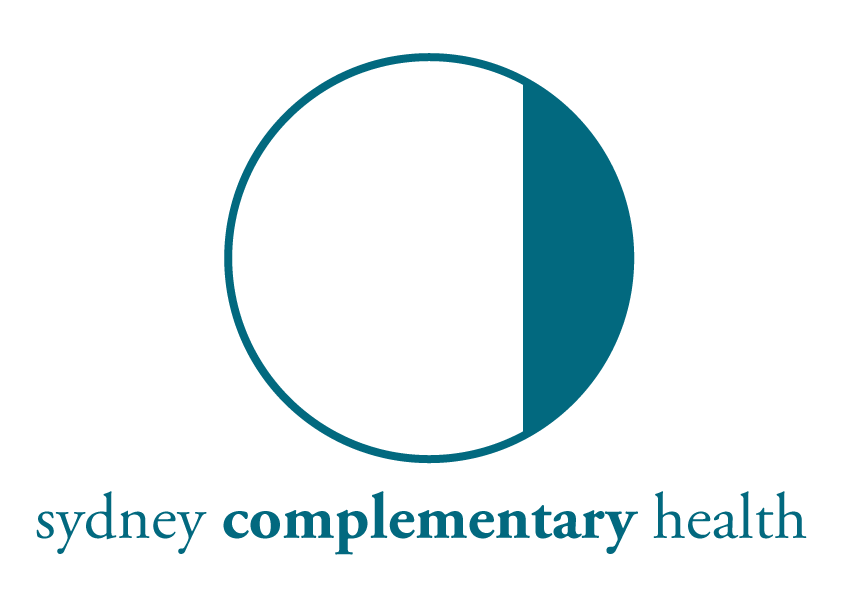Your gluteus maximus, the big outer buttock muscle, is a much neglected thing. This muscle is one of the things that keeps us upright and separates us from our ape ancestors. The development of this muscle allowed the pelvis and spine to be pulled into an upright position, and it also is important in the everyday action of walking.
The gluteus maximus attaches to the ilium (one of the pelvic bones), the sacrum and coccyx (the lowest two sections of the spine) and the femur or thigh bone. It is the larger outer muscle of the buttocks, very much what gives us that classic human shape. When standing, it helps to pull the pelvis back to keep the spine erect, but it also the muscle that helps push us from a sitting to a standing position by contracting and forcing the hip to straighten. When standing, a contraction of the muscle pulls the femur back behind the pelvis (it extends the leg) to propel us forward. That is, it makes us walk.
Like any muscle, this can go wrong. From injury or habit, it can not fire properly. In this event, when walking or running, the hamstrings and muscles of the lower spine overwork to compensate, and this can result in lower back pain or hamstring strains. I have treated ballet dancers in clinic, who are trained to not engage the gluteus maximus to avoid having a “big bum”. This can result in overuse and potential damage to the hamstrings. In others, a tight psoas can impede the firing of this muscle and have a similar result. I’m sure you’ve all seen people with little shape to their posterior, sometimes called “old man arse” where it seems a straight line from shoulder to thigh. This can be indicative of a lack of glut maximus strength and result in other problems.
This is fairly easy to remedy. If there is an issue with the psoas impeding the glut, then you will probably need some release work with Bowen Therapy or physiotherapy. Then, it’s a case of squats. If you have a trainer or go to the gym, then you can start there. A trained Pilates instructor can make a big difference. Always start unloaded, with feet shoulder width apart, and angled so that the knees track naturally over the toes. Do NOT do the Charlie Chaplin stance with the feet turned out. Lift the chest and pull the navel towards the spine to engage your core. Then bend the knees and allow your top half to lower. When you are as low as is comfortable (preferable with thighs parallel to the ground), squeeze your butt and push yourself upright. Try to push down through your heels to make sure your gluteus maximus is doing the work and not your quads. Use your mirrors to check the posture.
If you aren’t a gym goer, don’t give up. You can do simple squats with a fixed chair. Adopting the above posture, simply lower your bum until you tap the seat, then, without lingering, squeeze your butt to push yourself upright. Come to a set of stairs? Think of squeezing that butt as you ascend. Don’t pull yourself up with your quads, push yourself with your gluteus maximus.
We can’t all be bootylicious, but we can keep our muscles working as they’re intended.
